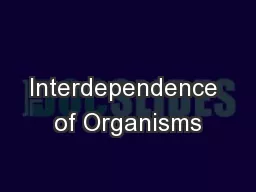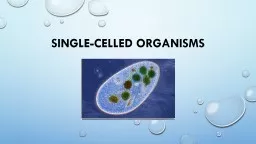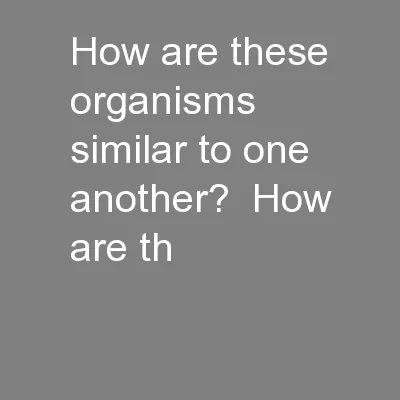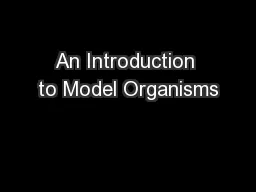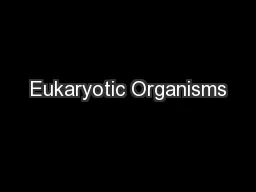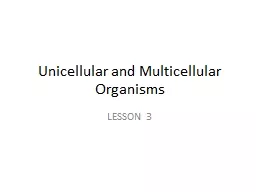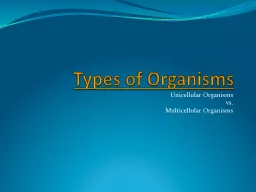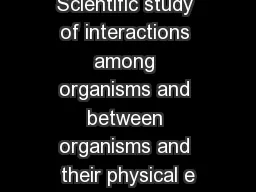PPT-Interdependence of Organisms
Author : alida-meadow | Published Date : 2018-10-14
1 The area in which certain types of plants or animals can be found living in close proximity to each other is called a Habitat Community Niche Kingdom 2 A British
Presentation Embed Code
Download Presentation
Download Presentation The PPT/PDF document "Interdependence of Organisms" is the property of its rightful owner. Permission is granted to download and print the materials on this website for personal, non-commercial use only, and to display it on your personal computer provided you do not modify the materials and that you retain all copyright notices contained in the materials. By downloading content from our website, you accept the terms of this agreement.
Interdependence of Organisms: Transcript
Download Rules Of Document
"Interdependence of Organisms"The content belongs to its owner. You may download and print it for personal use, without modification, and keep all copyright notices. By downloading, you agree to these terms.
Related Documents

